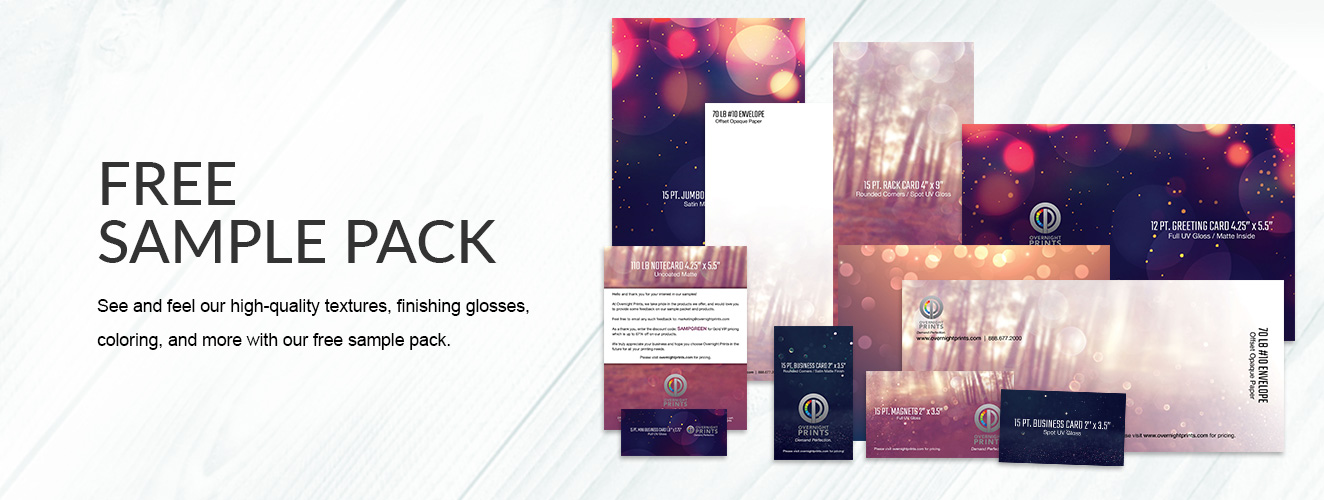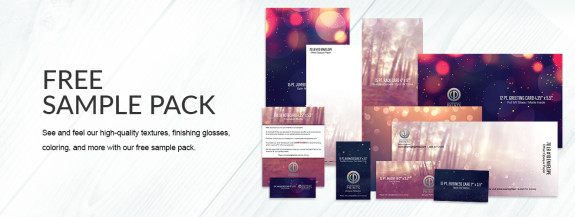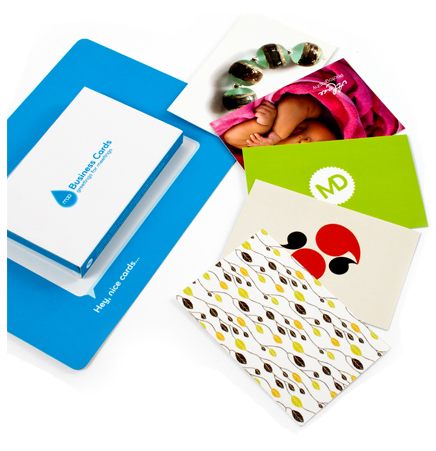
Let me let you in on a little secret: you don’t have to pay a professional to create a logo that’s amazing and embodies your company. Honestly, you don’t even have to be a solid artist!
There are tools that make this incredibly easy, but there are still some things that you need to keep in mind when you start to create a logo for your personal brand.
We’ve got 15 tips straight from professionals to help you on your logo creation journey. Keep these in mind, and you’ll have an eye-catching, sleek logo before you know it!
Create a Logo with These 15 Protips:
Know your goals
If you don’t know your goals, how can you expect to create a logo that’s compelling and effective for them?
Keep in mind that this goes deeper than a base level. Just because you know what your business is, doesn’t mean that you’ve got everything you need to create a sleek logo.
Make sure you know what you want to accomplish. Research it. Thoroughly. If you’ve been around the block with your business, take account of that. Know your history. You want something that embodies you – all of you.
Keep it simple
The cardinal rule when it comes to how to create a logo is simplicity. You don’t want a logo that’s too complex. While that may be eye-catching, it draws people in for all the wrong reasons.
Think about it: where do you see most logos? When do you see them? Is it while you’ve got time to sit around and ponder what that complicated logo may represent, or what it might say?
Absolutely not. You want something quick that can be identified while people are busy or in motion. You want something that screams out your product, even if people aren’t stopping.
Ask questions
This ties back to our first point, and it just makes it all the more important: know your goals and your business!
If you don’t, you’re going to have to ask questions. Even if you do know them, you need to be asking questions – the right ones.
You need to know what your company stands for if you’re going to create a logo that embodies it. You need to tap into what’s going on in the market so you can meet the mark. This will also give you valuable insight into a strategy, and help you develop what you have in mind for your band.
Know your market
Unless you’re involved in a very, very specific niche, you’re going to have competition. That means there’s going to be a market for your product.
Before you even make your first initial sketch or vector design, take a look at what your competition is doing.
This can both help inspire you and give you a direction to go with your logo. You’ll be able to identify what’s conventional with that brand, what typography is used, color schemes, and so on.
Resize it
Remember what we said about keeping your logo simple? This is one of the reasons why.
Regardless of what your business is, it’s almost a sure bet that the logo you design isn’t going to remain at a static size. How would a large logo intended strictly for billboard advertising look scaled down for a print magazine?
If you’ve created something intricate and complex, it probably won’t look good. It will lose details and become muddled.
However, if you keep your design simple while you create a logo, you can ensure that it will look good and remain identifiable across all mediums, regardless of what size it comes out to.
Colors!
There’s so much you can do with color. As an artist, you have a veritable mood-creator at your disposal.
Colors can be used to elicit feelings, whether it’s intentional or not. Be smart: make it intentional.
Additionally, your color pallet should be something that both fits the company and its history while remaining easy on the eyes. Clashing colors make for an unattractive logo that will turn your customers off.
Be aware of trends
While you don’t want to be a sheep that follows the pack in every way, making yourself aware of design trends while you create a logo. This works in a similar way to making yourself aware of competition: you’ll know what’s out there.
When you think of trends, try not to attach a negative connotation to it. Yes, trends come and go, but it’s important to make sure that the logo you create for your client looks fresh, up to date, and modern.
Be descriptive
This probably seems like an impossible conundrum, right? How do you create a logo that’s descriptive while remaining simple and sleek?
It’s difficult, but it’s necessary. Your simple design needs to describe what the company’s about. It needs to be eye-catching, and at the same time, it needs to speak to your heritage and where the company’s been.
Show your logo drafts to someone completely unrelated. Ask them what they think your business is about. If none of your logos speak to that idea accurately, it’s literally time to go back to the drawing board.
Typography
Don’t underestimate the power of typography in logos! There are thousands upon thousands of fonts out there – and several of them for free.
You’ve probably already got a decent idea of what makes for good and bad typography. You want your words to flow, and there are some fonts you know not to touch, except maybe to drop-kick them away from you (Comic Sans, anyone?).
Choose a font that looks both modern and suits your business well. That doesn’t mean you can shy away from weird fonts with personality, but you need to keep it legible and identifiable as well. And, if possible, don’t be afraid to make the typeface a part of the artwork itself!
Shape
There are design ideas out there that have become downright cliches at this point. Light bulbs referring to ideas, globes referring to travel – things like this and anything else need to be nixed from your repertoire immediately.
Instead, stick to basic shapes: triangles, squares, and circles. Come up with designs that fit into those shapes, and you’ll have an easier – and more creative – time.
Structure
If a logo is supposed to be simple, there’s no point in getting heavily into structure, is there?
Wrong.
When you create a logo, you still need to stick to basic structures and ratios. A great way to do this is to see if your logo fits into the golden ratio specifications.
Work with negatives
You may think that the logo you create is too small to use negative space effectively, but you may be making a grave mistake.
Negative space can add a unique touch to any logo, and can even elevate it to a higher, more refined place.
Symbolism
Remember in high school, when you had to figure out what an author in a book was really trying to say when he wrote about “blue curtains,” or anything else?
When you create a logo, you need to tap into that same part of your brain. In popular culture, different shapes and objects mean different things. By incorporating those shapes or objects – or at least referring to their shape – you can invoke those meanings in the public consciousness.
Be funny!
You can say a lot in a logo, so don’t be afraid to be funny when it counts. As an artist, you know how to depict things in subtle ways – utilize that!
Wit doesn’t have to be complicated or highbrow. People can understand jokes even as they pass by a logo. If you’ve got the mindset and the opportunity to throw in a (literal or metaphorical!) wink to your audience, I encourage you to take it!
Remain flexible
Our final, biggest expert protip when learning how to create a logo is that flexibility matters.
Climates change, and so do businesses. When you create a logo, it’s a process. You constantly have to be keeping up.
If the climate changes while you’re at the drawing board, you have to maintain the flexibility to go back in and make tweaks and updates. Don’t expect the business climate to remain static because the only guarantee is that it won’t.
Represent Your Company Well
As you can see, there’s a lot more that goes into a logo than just drawing a cute picture and writing your company’s name under it.
You need to take into account things like symbolism and color theory. You don’t want your audience feeling the wrong thing at the wrong time, and you want to give an accurate representation of your company.
Because of this, I encourage you to develop a design that evokes your company’s heritage and speaks to where you’ve been, where you are, and where you’d like to go in the future.
At the same time, don’t overthink it! Nothing in the business world is static, and that includes logos.
If you have questions regarding logo design and how to create your own, feel free to give us a shout!

 If you’re ready to start your own e-retail business, then get ready to have some fun. Internet sales last year reached a whopping $394.86 billion!
If you’re ready to start your own e-retail business, then get ready to have some fun. Internet sales last year reached a whopping $394.86 billion!

 Are you trying to juggle raising kids and running a business from home?
Are you trying to juggle raising kids and running a business from home?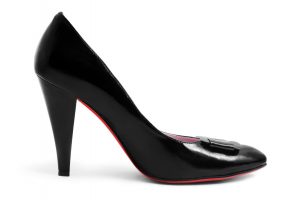
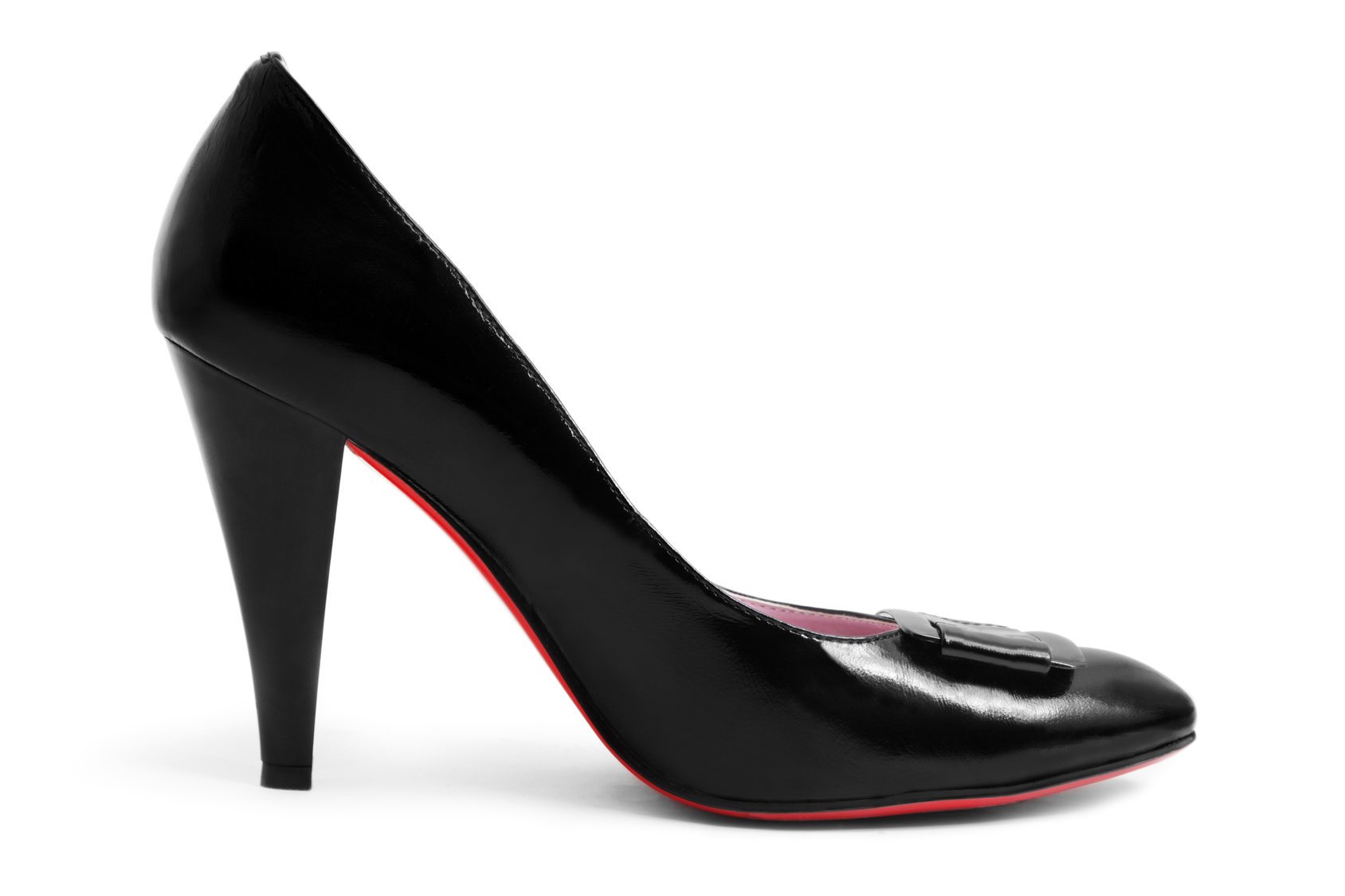 Women and our shoes. Thanks to the Internet, the possibilities are nearly endless. That doesn’t mean we can wear whatever we want, whenever we want.
Women and our shoes. Thanks to the Internet, the possibilities are nearly endless. That doesn’t mean we can wear whatever we want, whenever we want.
 Should you cut corners when it comes to protecting your precious information?
Should you cut corners when it comes to protecting your precious information?

